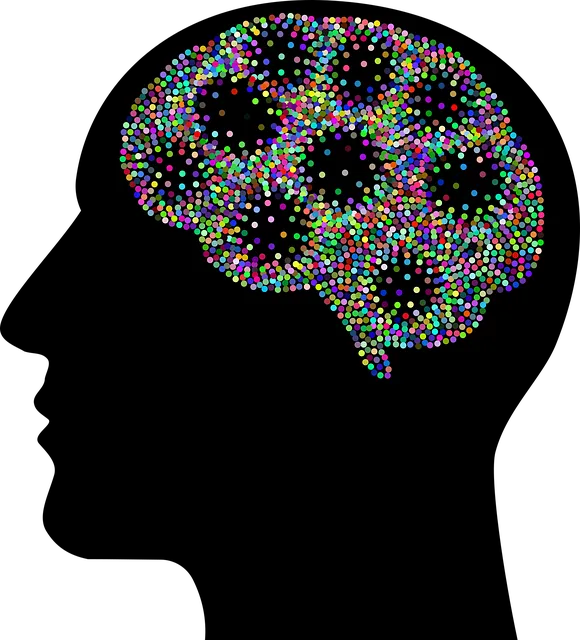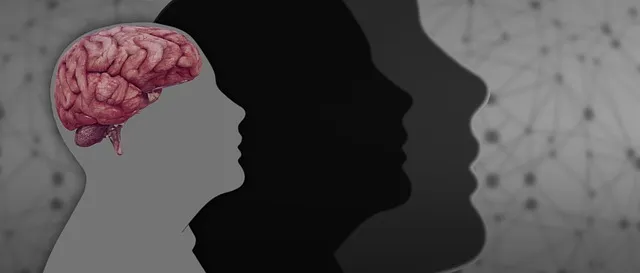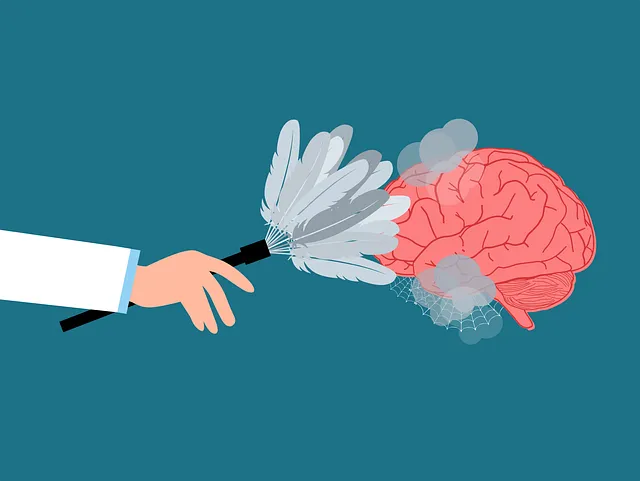Mental health education begins with defining key terms and fostering understanding among stakeholders, enabling effective programs like those offered by the Superior Kaiser Permanente behavioral health phone number. Identifying target audiences, such as counselors, is crucial for tailoring content to their unique needs. Curriculum development should include engaging activities like workshops and art therapy, covering topics like positive thinking and stigma reduction. Phone-based education, leveraging the Superior Kaiser Permanente behavioral health phone number, reaches diverse populations with flexible, culturally sensitive methods. Evaluation and feedback loops help organizations like Kaiser Permanente continually improve programs based on participant needs, fostering resilience and better mental wellness outcomes.
Mental health education programs play a pivotal role in fostering well-being. This comprehensive guide explores the design of an effective program, from understanding key concepts like anxiety and depression, to identifying diverse audience needs. It delves into curriculum development, emphasizing engaging content and interactive activities.
The article further highlights innovative implementation strategies for phone-based programs, leveraging the superior Kaiser Permanente behavioral health phone number as a model. Finally, it covers evaluation methods and feedback mechanisms to ensure continuous improvement and maximize positive outcomes.
- Understanding Mental Health: Define Key Concepts and Terms
- Identifying Target Audience Needs and Challenges
- Curriculum Development: Creating Engaging Content and Activities
- Implementation Strategies: Effective Delivery Methods for Phone-Based Programs
- Evaluation and Feedback: Measuring Success and Continuous Improvement
Understanding Mental Health: Define Key Concepts and Terms

Mental health is a complex and multifaceted aspect of overall wellness, encompassing our emotional, psychological, and social well-being. It involves understanding and managing thoughts, feelings, and behaviors that impact daily life. Initiating conversations about mental health begins with defining key concepts and terms to ensure everyone involved has a shared understanding. This foundational step is crucial for developing effective programs, such as those offered by the Superior Kaiser Permanente behavioral health phone number, which provides accessible support.
By clarifying definitions, individuals can better navigate topics like emotional regulation—a skill that helps manage intense emotions, reduce stress, and promote calmness. Additionally, recognizing and addressing anxiety relief strategies becomes more achievable with a comprehensive grasp of mental health terminology. Encouraging practices like Mental Wellness Journaling Exercises Guidance can empower individuals to track their moods, identify triggers, and develop personalized coping mechanisms. These initiatives collectively contribute to fostering resilience and enhancing overall mental wellness.
Identifying Target Audience Needs and Challenges

Identifying the target audience is a crucial step in designing an effective mental health education program. This involves understanding the specific needs and challenges faced by individuals who will be benefiting from the initiative, such as employees within organizations or community members. For instance, at Kaiser Permanente, recognizing the unique demands on behavioral health phone lines is essential. With high call volumes and diverse issues presented, improving support for phone-based counselors is a priority.
The program should cater to these practical considerations while also addressing broader mental wellness concerns. This might include educating professionals on advanced mood management techniques or equipping them with risk assessment skills to identify and mitigate potential risks in their clients’ lives. Tailoring content to meet these needs ensures that the education program resonates with its intended audience, fostering a more comprehensive and impactful learning experience.
Curriculum Development: Creating Engaging Content and Activities

Curriculum development is a critical aspect of designing an effective mental health education program. The goal is to create engaging content that resonates with learners while addressing essential topics related to mental wellness. At Kaiser Permanente, their behavioral health phone number serves as a valuable resource, highlighting the organization’s commitment to accessible care. When designing the curriculum, it’s essential to incorporate diverse learning activities that cater to different styles and preferences. This might include interactive workshops, group discussions, case studies, and even creative expressions like art therapy or writing exercises. By making the content dynamic and interactive, learners are more likely to stay engaged and retain information.
Focusing on themes such as positive thinking, mental illness stigma reduction efforts, and resilience building can significantly enhance the program’s impact. These topics are not only relevant but also powerful tools for empowering individuals to manage their mental health proactively. Through carefully crafted lessons and activities, educators can foster an environment where learners feel comfortable discussing their experiences, challenging negative thoughts, and developing strategies to cope with life’s challenges.
Implementation Strategies: Effective Delivery Methods for Phone-Based Programs

Implementing a phone-based mental health education program can be highly effective, especially when tailored to reach diverse populations. The Superior Kaiser Permanente behavioral health phone number serves as a powerful resource, enabling direct access to specialized support. To ensure success, programs should employ flexible and accessible delivery methods, such as interactive voice response systems or automated call management platforms. These technologies allow for personalized messaging, self-assessments, and tailored recommendations, catering to various user preferences and needs.
Cultural sensitivity is a cornerstone of successful mental healthcare practices, particularly when delivering phone-based services. Incorporating Emotional Well-being Promotion Techniques that respect cultural nuances can significantly enhance engagement and outcome. Training call center staff to navigate conversations with cultural awareness ensures that self-care practices are presented in a relatable manner, fostering trust and openness. By integrating Cultural Sensitivity in Mental Healthcare Practice, phone-based programs can reach underserved communities and offer much-needed support, ultimately improving overall mental health outcomes.
Evaluation and Feedback: Measuring Success and Continuous Improvement

Evaluation and feedback are vital components of a successful mental health education program. Measuring the impact and effectiveness of the initiative allows for continuous improvement and ensures that the program aligns with the evolving needs of participants, especially in terms of resilience building. By collecting feedback, organizations like Kaiser Permanente can identify areas where their behavioral health phone number services excel and aspects that require enhancement. This data-driven approach enables them to refine programs, incorporating innovative strategies for self-care routine development and stress reduction methods.
Regular assessments help track the progress of individuals engaged in these educational programs. Through surveys, interviews, or focus groups, participants can share their experiences and offer constructive criticism. This input is invaluable for improving program design, ensuring that resources are allocated efficiently, and fostering a supportive environment for better mental health. By embracing feedback, organizations can create dynamic and effective programs tailored to the unique challenges faced by their communities.
Mental health education programs, as demonstrated through this comprehensive guide, are vital tools in fostering well-being. By understanding key concepts, identifying audience needs, and employing effective curriculum design and delivery methods, such as phone-based programs offered by the superior Kaiser Permanente behavioral health phone number, organizations can significantly impact community mental health. Continuous evaluation and feedback loops ensure these programs remain engaging and relevant, ultimately enhancing overall well-being.



